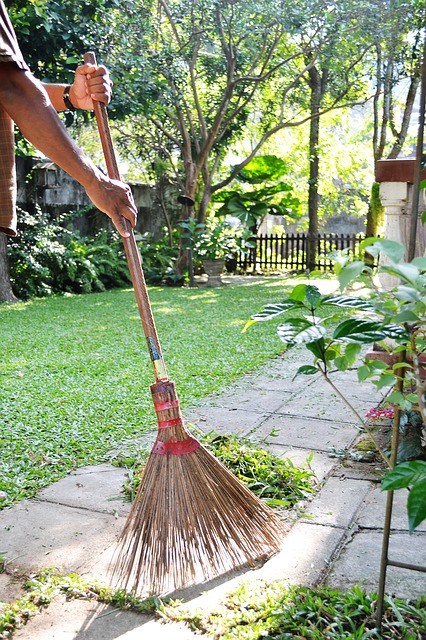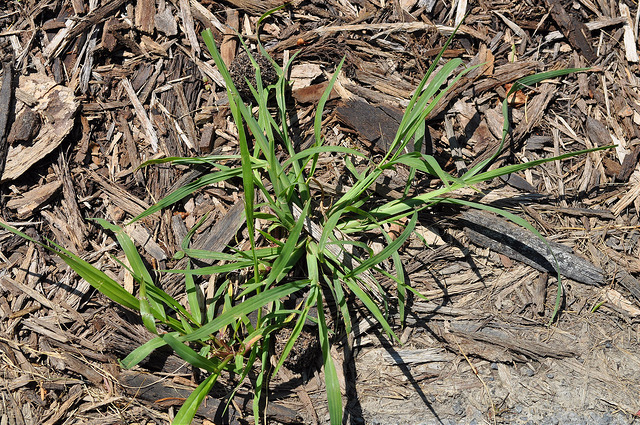Designing a yard is one thing, but maintaining it is another. If you want to ensure that your yard will have healthy shrubs and trees, you need to know how to take care of it. Preparing the yard isn’t difficult as long as you are aware of what needs attention. Check out our 5 yard prep tips to guide you.
1) Watch Out for Weeds
Weeds aren’t necessarily bad for one’s yard, but there are certainly those that are more harmful than beneficial. One of the most nuisances to homeowners is the crabgrass weed. It spreads aggressively, so management can be difficult. Thus, the key here is to prevent it from spreading in the first place.
An application of a pre-emergent crabgrass control product is ideal. You can use a synthetic herbicide since this works fast. For an organic alternative, try using corn gluten meal. The only issue with using this is that it can take two years before the effects are realized. In addition, you have to wait for two months after applying the weed control product before you sow any grass seeds in the area.
Two conditions are necessary for success: soil temperature and the current growth of crabgrass. You must use the pre-emergent product before the soil temperature exceeds 55 degrees Fahrenheit. If you don’t have a soil thermometer, you can rely on your forsythia plants. If it starts to bloom it’s a clear indicator that you must use the pre-emergent crabgrass control product. More importantly, the crabgrass shouldn’t have reached germination yet.
2) Clean Your Yard and Use a Rake

No matter the season, there will always be debris ending up in one’s yard. Fallen leaves, twigs, and branches are the most common natural debris. You can either pick this up with your bare hands or get a rake and sweep them away. If winter has just ended, you should rake the yard deeply — some of the grasses could have succumbed to the snow mold disease.
Raking should improve the air circulation and allow new grass foliage to develop properly. Another problem that can be solved by raking is thatch. This isn’t always problematic, but a thick layer of thatch can encourage the weeds to proliferate in your yard. Keep the thatch at just one inch in thickness using a rake or a vertical mower.
3) Check Your Lawn Mower
Efficiency is important in keeping your yard beautiful. If there are any tall grasses that need trimming, you can always rely on your mower. Conduct proper maintenance of your lawn mower before your lawn grass switches to a period of active growth. Read the user manual and determine how you can safely replace the oil and the gas. In addition, consider getting a fuel stabilizer to improve the performance.
Assess all the parts of the machine. Clean the air filters and check the spark plugs if they were exposed to corrosion. Replace any parts that have been severely damaged. Furthermore, the tires should have sufficient air for optimal mobility on even and rough surfaces alike. Dull cuts can make your grass at risk of developing diseases, so keep the mower blades sharp using a metal file.
Here is a video of repairing a lawnmower:
4) Avoid Using Excess Mulch
Mulch is generally good for your plants. It keeps the soil surface and the roots relatively cool even during hot and sunny days. However, it’s similar to thatch in how too much of it becomes harmful. A thick layer of mulch certainly looks good, but it’s bad for your shrubs and trees. Simply put, too much of it will prevent the plants from absorbing enough nutrients.
We recommend applying only a two-inch layer of mulch around your plants. If you want more, do not exceed four inches. Furthermore, consider placing a layer of cardboard below the mulch. This biodegradable material will prevent harmful weeds from growing.
5) Fill Bare Patches
A yard looks unsightly if it has empty patches. These might have been caused by pests, diseases, or just a lack of maintenance. No matter the cause, you should grow new plants here as soon as possible. You can either sow new seeds or get sod. The latter is costlier, but it’s a faster way to have a yard with lush grass.
In conclusion, there are many steps to take to prepare your yard. Control weeds by preventing them from germinating in the first place. Likewise, take note of thick layers of thatch and mulch. Remove any debris and keep your mower in top shape. If there any empty spots, either reseed or buy sod. We hope that you will keep these tips in mind. Do send us a comment if you have any questions.
Image Sources:
